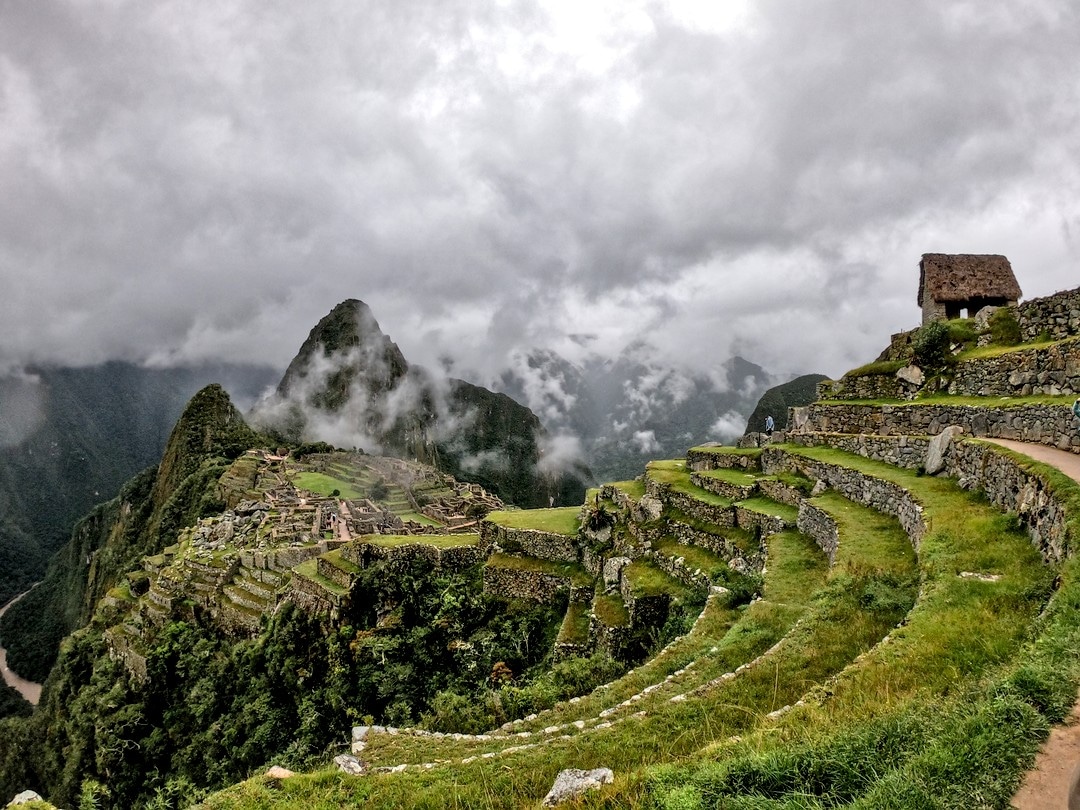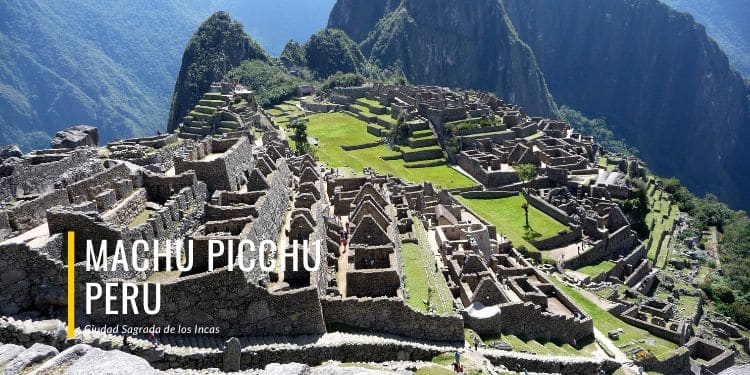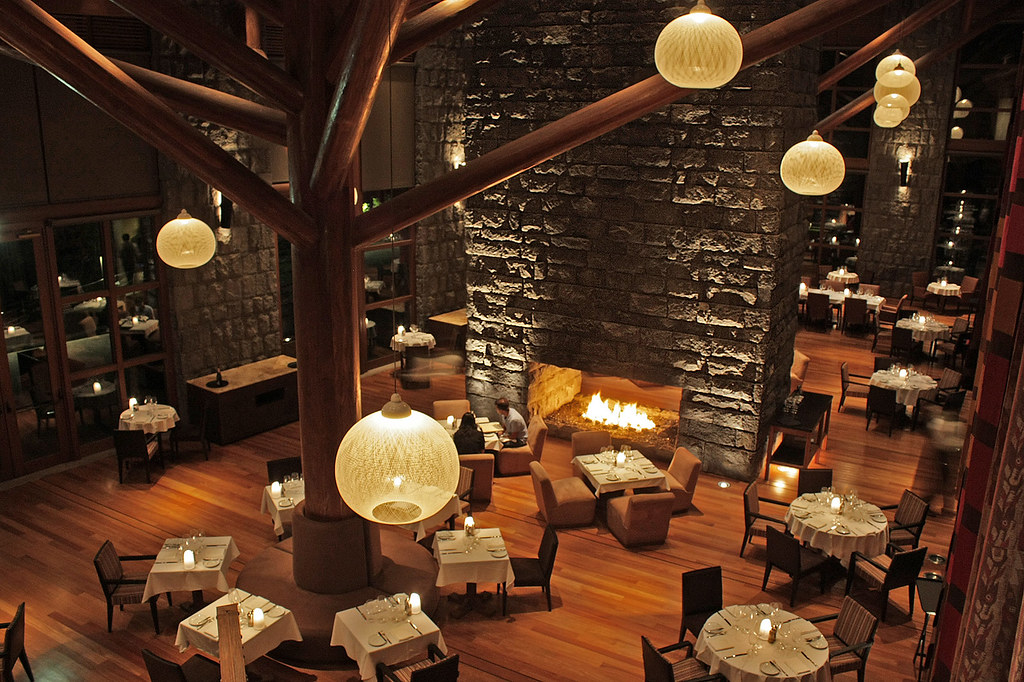The importance of spiritual inca symbols, in Peruvian history, as well as others, is paramount to the understanding of the tradition itself. These three animals, the condor, the puma and the snake; have a spiritual significance and a practical, artistic value to the Inca people, which when understood can bring a new level of experience to your trip. Understanding the cultural and deeper significance of these animals, also known as the ‘Inca Cross’, will bring a new layer of enjoyment to your journey. These three creatures were known to the Inca as the ‘trilogy’, or the Chankana.
Inca Symbols and Meanings
The Inca civilization, known for its rich cultural heritage and spiritual depth, left behind a legacy of symbols that continue to fascinate and inspire. These symbols, deeply rooted in Inca religion and cosmology, offer a glimpse into their worldview and beliefs. Among the most significant are the condor, the puma, and the snake, which together form the Chakana or Inca Cross. These symbols not only held spiritual significance but also played a practical and artistic role in Inca life. Understanding their meanings can enrich your appreciation of Inca culture and add depth to your journey through Peru.
The Condor: Messenger of the Gods
The condor, with its majestic wingspan and ability to soar high above the Andes, was revered by the Inca as the most sacred of all birds. It was seen as a divine messenger, bridging the gap between the heavens and the earth. Shamans believed they could communicate with the condor, receiving messages from the gods to guide the people.
The condor also symbolized the journey to the afterlife. The Inca believed that upon death, the soul was carried to the next world on the wings of this sacred bird. This connection to the divine made the condor a powerful symbol of spiritual transcendence and communication with the gods.
The Puma: Symbol of Power and Strength
The puma, a fierce and agile predator, represented earthly power and strength in Inca symbolism. Known for its adaptability and hunting prowess, the puma was seen as a model of resilience and determination. The Inca even designed the city of Cusco in the shape of a puma, reflecting its importance in their culture.
Beyond its physical attributes, the puma also symbolized spiritual strength. It embodied the pursuit of truth and wisdom in the vast cosmos, making it a timeless symbol for shamanic practices and spiritual seekers. Even today, the puma remains a powerful emblem of courage and inner strength.
The Snake: Guardian of the Underworld
The snake, a symbol shared by many ancient civilizations, including the Egyptians, held a special place in Inca spirituality. It represented the underworld (Uku Pacha) and the cycle of life, death, and rebirth. Often depicted biting its own tail, the snake symbolized the eternal nature of existence and the interconnectedness of all things.
For the Inca, the snake also embodied wisdom and transformation. It was believed that through knowledge and spiritual growth, one could navigate the passage between lives. This connection to the afterlife made the snake a profound symbol of renewal and enlightenment.
The Chakana: Inca Cross
The Chakana, or Inca Cross, is one of the most iconic symbols of the Inca civilization. It represents the three realms of existence:
- Hanan Pacha (the upper world of the gods)
- Kay Pacha (the earthly realm of humans)
- Uku Pacha (the underworld of the dead)
The Chakana also symbolizes the balance and harmony between these realms, reflecting the Inca’s deep connection to nature and the cosmos. Its stepped design is a common motif in Inca architecture and art, serving as a reminder of their spiritual beliefs and cosmological understanding.
Inca Symbols in Modern Culture
Inca symbols continue to hold significance in modern Peruvian culture and beyond. They are often used in art, jewelry, and spiritual practices, serving as a bridge between the ancient and contemporary worlds. For travelers, understanding these symbols can provide a deeper connection to the history and spirituality of the Inca civilization.
Religion of the Inca
The Inca religion was a complex system of beliefs centered around the worship of nature and a pantheon of gods. Key deities included Inti (the Sun god), Pacha Mama (Mother Earth), and Viracocha (the creator god). Rituals, offerings, and ceremonies were integral to their spiritual practices, often conducted in sacred spaces like temples and natural landmarks.
The Inca believed in the interconnectedness of all life and the importance of maintaining harmony with the natural world. Their religion was not just a set of beliefs but a way of life that influenced every aspect of their society, from agriculture to architecture.
Inca Empire Gods
The Inca pantheon was vast, with gods and goddesses representing various aspects of nature and human life. Some of the most important deities included:
- Inti: The Sun god and patron of the Inca rulers.
- Pacha Mama: The Earth Mother, revered for her role in fertility and agriculture.
- Viracocha: The creator god, believed to have shaped the world and humanity.
- Mama Quilla: The Moon goddess, associated with femininity and timekeeping.
These gods were worshipped through elaborate rituals and festivals, many of which are still celebrated in Peru today.
Conclusion
Inca symbols and their meanings offer a window into the spiritual and cultural world of one of history’s most fascinating civilizations. From the soaring condor to the powerful puma and the wise snake, these symbols reflect the Inca’s deep connection to nature, the cosmos, and the divine. By understanding their significance, you can gain a deeper appreciation for the Inca legacy and the enduring impact of their beliefs.






